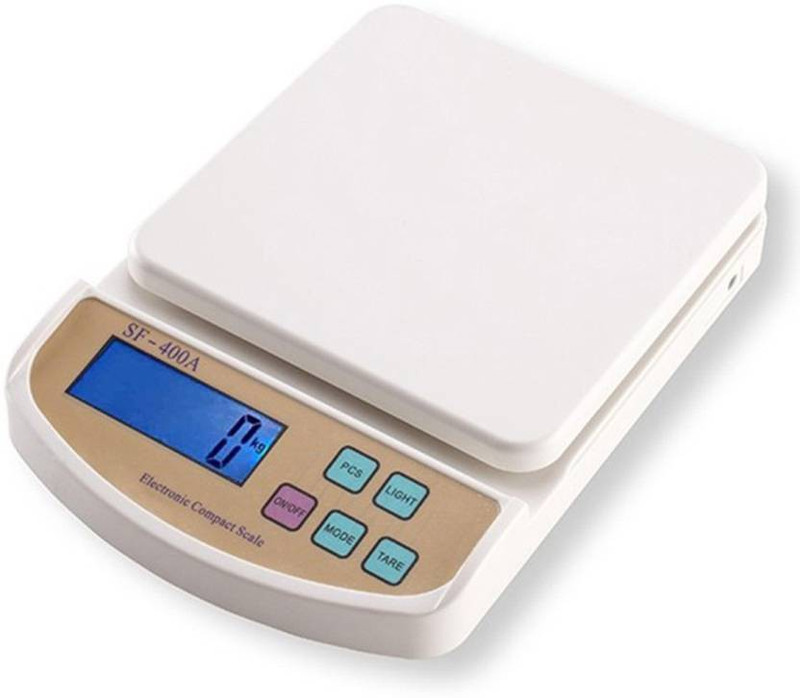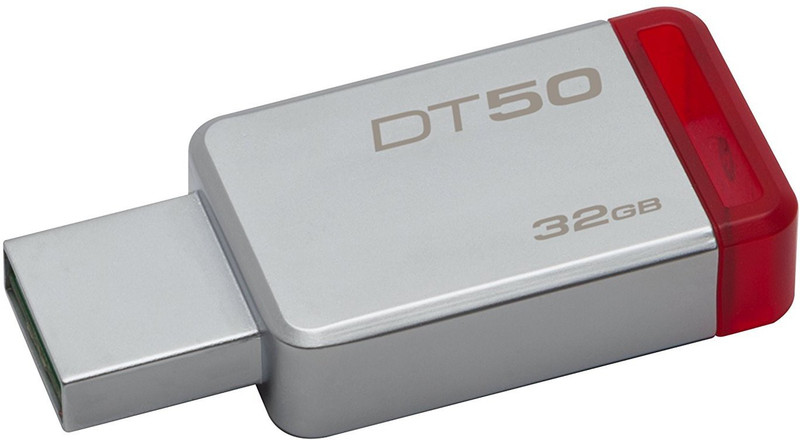We Slept On Memory Foam, Latex, And Hybrid Mattresses, Here Is The Difference

There's no denying it, sleep is sacred. Whether a night owl or an early bird, the quality of rest determines everything from mood to productivity. And at the heart of it all? The mattress. But with endless options flooding the market, choosing the right one is overwhelming. Memory foam, latex, and hybrid mattresses all claim to be the ultimate sleep solution. Do they live up to the hype? What feels like sleeping on a cloud for one person might feel like a wrestling match for another.
So, we did the hard work, quite literally. Nights were spent twisting, turning, and sinking (sometimes too much) into these mattresses to uncover the real experience. Here's what was discovered when putting memory foam, latex, and hybrid mattresses to the ultimate sleep test.
1. Memory Foam: A Hug Or A Trap?
Memory foam has a reputation for offering deep contouring support. Designed to respond to body heat and pressure, it moulds perfectly around the body, like a warm embrace.
On the first night, the immediate sensation was comfort. The mattress adapted seamlessly, cradling pressure points and eliminating motion transfer. For those who share a bed with a partner prone to tossing and turning, this was a dream come true, until the heat kicked in.
Memory foam is notorious for trapping warmth. On colder nights, this might be a blessing, but in the middle of summer, it's less than ideal. Some brands add cooling gel to combat this issue, but the difference is subtle. There's also the sinking effect, which starts as cosy support and can feel restrictive, making movement a chore.
Verdict? Fantastic for pressure relief and motion isolation, but it's not for those who overheat or like a firmer surface to push off from.
2. Latex Mattresses: Naturally Cool But Firm
Latex is the underdog of the mattress world, often overshadowed by the marketing might of memory foam. However, after spending time on one, it's clear this is a hidden gem.
Latex mattresses, made from either natural or synthetic materials, have a buoyant yet supportive feel. Unlike memory foam, they don't trap heat, making them a saviour for hot sleepers. The surface is more responsive, meaning no sinking sensation, and moving around is effortless.
However, latex is firmer than expected. Those who love plush, sink-in softness may find it a bit too rigid. Natural resilience means pressure relief is present but not as pronounced as with memory foam. The durability, though, is impressive. A good latex mattress can last well over a decade without sagging.
Verdict? A great choice for hot sleepers and those who prefer firm, supportive comfort. But for fans of plush softness, it might feel a little too structured.
3. Hybrid Mattresses: The Best Of Both Worlds?
Hybrid mattresses aim to bridge the gap between support and comfort, blending the contouring benefits of memory foam or latex with the bounce of pocketed coils. In theory, it sounds like the perfect balance. But how does it feel in reality?
Right away, the support from the coils was noticeable. Unlike memory foam, which compresses fully under pressure, hybrids push back slightly, offering more resistance and support. There was less of a sinking sensation, making movement easier. The top layer, often made of either memory foam or latex, added cushioning, ensuring pressure relief without excessive softness.
Temperature regulation was significantly better than memory foam alone, thanks to the airflow from the coils. However, motion isolation wasn't as perfect as with memory foam. Light sleepers might notice a partner moving during the night.
Verdict? A great middle ground for those who want both support and softness. But those sensitive to motion or seeking pure plushness might want to look elsewhere.
4. Which One Is Best For Back Pain?
Anyone who's woken up feeling like they've wrestled a bear overnight knows the importance of proper spinal alignment. A mattress that doesn't support the back properly can be a nightmare.
Memory foam, with its deep contouring, helps relieve pressure, but if it's too soft, it can cause spinal misalignment. Latex offers firmer support, keeping the spine in a neutral position but might feel too rigid for those with sensitive joints. Hybrids strike a balance, providing targeted support through coils while cushioning pressure points.
Based on experience, a medium-firm latex or hybrid mattress proved best for reducing back pain. Too much softness led to sinking, and excessive firmness felt like sleeping on a plank.
Verdict? For those with back issues, medium-firm options with good support are key, hybrid or latex mattresses tend to perform best.
5. The Heat Factor: Which One Keeps You Cool?
Sleeping hot can turn a comfortable night into a sweaty mess. Temperature regulation varies greatly across these three mattress types.
Memory foam was the worst offender, trapping heat due to its dense structure. Even cooling gel-infused options provided only mild relief. Latex, on the other hand, naturally remained cool thanks to its breathable composition. Hybrid mattresses performed well too, as the coil layer allowed air to circulate.
For those prone to overheating, latex and hybrid options were the clear winners. Memory foam lovers would need to invest in cooling mattress toppers or high-quality breathable bedding to counteract the warmth.
Verdict? If sleeping cool is a priority, latex or hybrid options win hands down.
6. Durability: Which Mattress Lasts The Longest?
Mattresses are an investment, so longevity matters. The expected lifespan varies significantly depending on material quality and usage.
Memory foam, while comfortable, tends to sag over time, especially in cheaper models. The average lifespan is around 7-10 years. Latex mattresses, particularly natural latex, are incredibly durable, lasting 10-15 years with minimal wear. Hybrid mattresses fall somewhere in between, depending on coil quality and foam density.
From experience, latex stood out as the clear winner in durability. Memory foam showed signs of wear quicker, while hybrids maintained structure better than foam alone.
Verdict? If longevity is the goal, latex outperforms memory foam, with hybrids offering a middle-ground option.
7. Motion Isolation: The Partner Test
For those who share a bed, movement transfer is a make-or-break factor. Nothing disrupts sleep faster than a restless partner shifting positions all night.
Memory foam excelled in this department, absorbing movement like a dream. One person could toss, turn, or even hop into bed without disturbing the other. Latex was decent but not as effective, as its natural elasticity caused more rebound. Hybrids, while better than traditional spring mattresses, allowed some movement transfer due to the coil structure.
Verdict? Memory foam reigns supreme for couples, with latex and hybrids offering reasonable alternatives but less motion isolation.
8. Comfort Preference: Who Should Choose What?
Ultimately, mattress choice boils down to personal preference. After experiencing all three types, here's a breakdown of who they suit best:
Memory Foam: Ideal for those who love deep contouring, pressure relief, and motion isolation. Best for side sleepers and couples but not great for hot sleepers.
Latex: Perfect for those who prefer firm support, cool sleeping conditions, and longevity. Best for back and stomach sleepers.
Hybrid: The best all-rounder, balancing support and comfort. Good for combination sleepers who change positions frequently.
Verdict? There's no one-size-fits-all. Choosing the right mattress depends on sleep style, comfort preference, and tolerance for heat.
Products Related To This Article
1. SPRINGTEK Bonded Foam Orthopedic 5 Layered Spinel Ortho Medium Firm Support 4 Inch Single Memory Foam Mattress
2. Flipkart Perfect Homes Dreamline Dual Comfort 6 Inch Double Memory Foam Mattress
3. Sleepyhead EXTREME - Dual Sided Body IQ Memory Foam With Firm And Extra Firm Sides 6 Inch King Memory Foam Mattress
4. Grassberry HNLM100 8 Inch Single Natural Latex Mattress
5. LIVPURE ORTHO LATEX LUXE 100% NATURAL Pin-Core Latex
6. SLEEPVISION DIAMOND LATEX SANDWICH 6 Inch Double Natural Latex Mattress
7. SLEEP SPA MEMOLATEX Visco Pro Memory Foam With Bamboo Charcoal Fabric 5 Inch Single Latex Foam Mattress
8. SPRINGTEK 2" Bed Topper 2 Inch Single Latex Foam Mattress
9. duroflex Kaya Natural With 100% Natual Pincore Latex
10. The Sleep Company SmartGRID Ortho Royale- Pro Blend Of Technology And 100% Natural Latex
A mattress can make or break a night's sleep. After experiencing memory foam, latex, and hybrid options, it's clear each has its strengths and weaknesses. Memory foam delivers unbeatable pressure relief but struggles with heat retention. Latex offers durability and cooling properties but feels firmer than expected. Hybrids bring the best of both worlds, yet they may not isolate motion as well as pure foam. The best mattress ultimately depends on individual needs, whether seeking plush comfort, firm support, or a balanced experience. Investing in the right one ensures better sleep, and in turn, a better life. Because in the end, nothing beats waking up refreshed and ready to conquer the day.
Disclaimer: The images used in this article are for illustration purpose only. They may not be an exact representation of the products, categories and brands listed in this article.



























